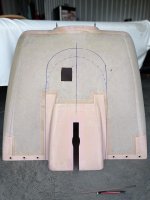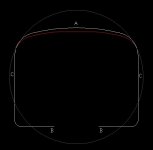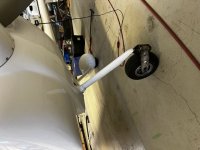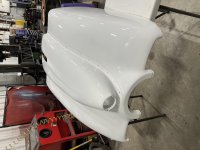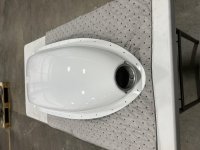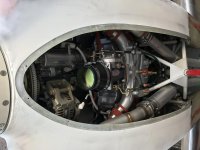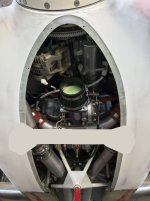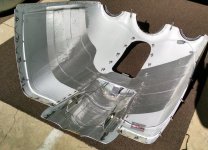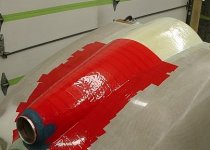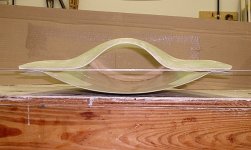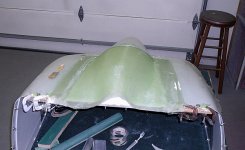snoopyflys
Well Known Member
Now that I have my cowling fitted and close to being finished, I have a couple of concerns that may/may not happen once the engine settles. Right now, my Vetterman Trombone exhaust is about a 1/4 to 3/8” from the lower cowl. The Vetterman folks said this was ok would be nice if it was a little more. Second, I had to cut out a section to allow my horizontal induction mixture control to clear. So, rather than add a couple of bump outs, “Pimples”, on the lower cowl, I am considering going to the extreme by lowering the bottom center about an 1” to clear the exhaust and the mixture control. With that, are there any gotchas and tips I should be aware of before heading down this path with regard to cowl structural integrity or the what glass to use, etc?
Here is a picture of what I have in mind. The “X” on the right is where the #2 exhaust tube is located and the square hole is where the mixture control linkage is located.
Here is a picture of what I have in mind. The “X” on the right is where the #2 exhaust tube is located and the square hole is where the mixture control linkage is located.



